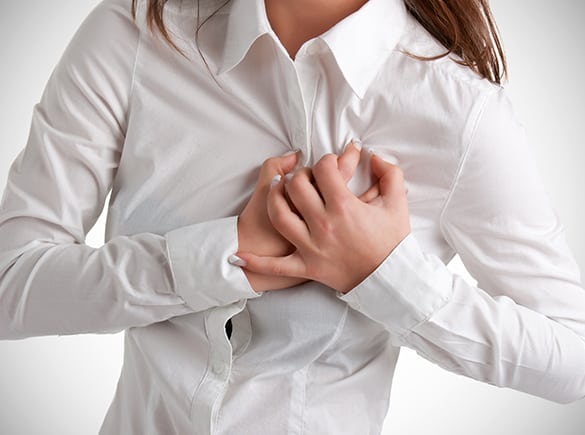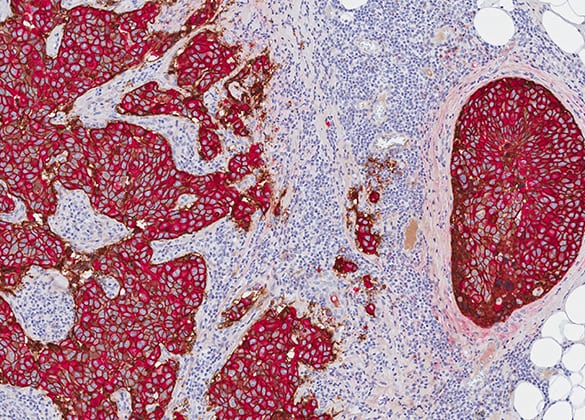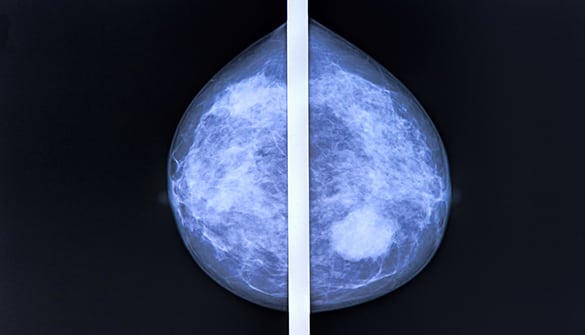
Los Angeles Pain Specialist works with patients to address Post-Mastectomy Pain.
Post-mastectomy pain is a type of chronic neuropathic pain that occurs following a full or partial mastectomy, lumpectomy, or breast reconstruction. Women can experience pain for several years following a mastectomy in the:
- Chest wall
- Axilla
- Arm
- Shoulder
CONTACT US TODAY
Prevalence of Post-Mastectomy Pain
A survey of more than 3,200 breast cancer survivors conducted by the University of Copenhagen found that nearly half of the participants experienced post-mastectomy pain. Of those reporting pain, approximately half described the pain as moderate to severe. The vast majority of those with severe pain reported experiencing symptoms on a daily basis. Numbness, tingling, and other sensory disturbances were also reported by nearly 60 percent of respondents.
Causes of Post-Mastectomy Pain
Post-mastectomy pain is the result of damage to the nerves during surgery. Even with modern surgical techniques, nerve damage is an unavoidable consequence of any type of amputation, including a mastectomy. Abnormal nerve growths called neuromas may also develop at the site of scar tissue. This damage can cause nerves to perceive normally painless stimuli, such as a gentle touch, as painful and lead to a loss of feeling or other sensory changes.


Symptoms of Post-Mastectomy Pain
Patients with post-mastectomy pain syndrome may experience intermittent or persistent pain at the surgical site, chest wall, arms, and shoulders. Itching, tingling, numbness, and shooting or “pins and needles” sensations are also common. The severity can range from mildly annoying to severe.
Risk Factors for Post-Mastectomy Pain
Younger women are more likely to develop post-mastectomy pain syndrome than older women. The condition is also more common in women who undergo an axillary lymph node dissection than those who undergo a sentinel lymph node biopsy. Post-surgical radiation treatments can also increase the likelihood of developing post-mastectomy pain.
Treatments for Post-Mastectomy Pain
It important for mastectomy patients to work with their doctor to address their post-mastectomy pain symptoms. The pain can make patients more reluctant to use the arm on the affected side, which can ultimately result in the permanent loss of range of motion and function. Over-the-counter and prescription painkillers may provide some relief; however, opioid medications are not necessarily the most effective in treating nerve pain. Antidepressants and anti-seizure medications are often effective in relieving the nerve irritation. Botox injections may be used to stop muscle spasms, and topical analgesics, such as capsaicin, may alleviate the pain caused by skin inflammation. Some patients may benefit from alternative therapies, including acupuncture, relaxation training, and hypnosis.

